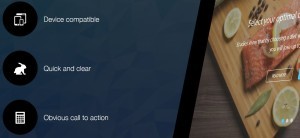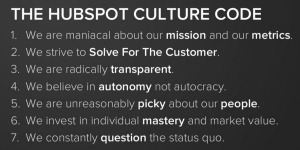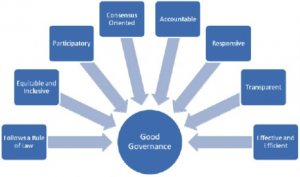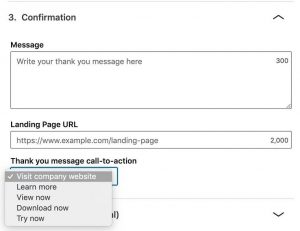Hi there! Hopefully by now you’ve had chance to look at and implement some of the things we discussed in parts one and two of this guide to e-commerce SEO. That’s good.
There’s still more to do however, so don’t stop there.
Step four: Testing one, two, three
So if you have implemented everything we’ve done up until now, you may have noticed some changes already to your site traffic. However, these improvements should be examined and tested to make sure that you are getting the most that you can from them.
- Use analytics to see what keywords are working for you.
- Examine your PPC campaigns to see which words are converting and which ones can be dropped.
- A/B test webpages to increase conversions from your traffic.
A/B testing is where you test two versions of a web page to see which one performs better- leading to more sales or conversions. This testing of changes that you make to your site means that you can increase the number of people who buy from your site once they have arrived. After all, it’s much easier to get people to convert than it is to get them to come to your site in the first place. You want to make sure that you are making the most of your increased traffic.
Keeping an eye on your site through testing allows you to ensure that you aren’t losing out on leads and sales through incremental drops in rank for your site.
Step five: Blog ’til you drop
You should have optimised your site so that each page has one keyword focus. This leaves a number of other keywords that you need to target that you won’t have a page for. The way to get around this is through blogging. Blog posts can be optimised for keywords that you haven’t already targeted.
You should hire a professional, experienced writer for your blog posts who understands your industry and who has an understanding of basic SEO. This ensures that the content that is created is not keyword stuffed nor of low quality but reader friendly and high quality. This means customers will read and share the post, exactly what you want!
If you are creating a lot of content on one theme then you can package it together in one ebook or guide for your customers.
For example, if you are a travel agent and you are creating a lot of content based in a specific area, you can package it together as a downloadable ebook for people to take away and read at their leisure before coming back to you to buy their dream holiday. You can get people to put in their email addresses to download the content so that you can send them further marketing materials and offers later.
That’s it for part three. Come back soon for the fourth and final part of our kick-ass guide to e-commerce SEO!
Digital & Social Articles on Business 2 Community
(266)
Report Post





